1953 Chevy Corvette
- Story Cars

- Aug 31, 2023
- 3 min read

The 1953 Chevrolet Corvette is an iconic example of automotive design influenced by European sports cars and marks a pivotal moment in the history of American car culture. While the tailfin was a defining feature of many post-war American cars, the Corvette represented a different direction, focusing on sleek, European-inspired styling and high performance. However, its development, which traces back to a secretive project led by Harley Earl, played an important role in shaping the post-war American automotive landscape, alongside the tailfin era.
The Birth of the Chevrolet Corvette: Project Opel
The Chevrolet Corvette owes its existence to the same post-war enthusiasm for performance and innovation that fueled the rise of tailfins. After World War II, European sports cars like the Jaguar XK120 and MG TC had captured the attention of American car enthusiasts, leading to the idea of creating a similar vehicle for the U.S. market. In 1951, Harley Earl, GM's head of design, identified the potential for a new type of car—one that combined the sleek styling of European sports cars with the power and engineering prowess of American automakers.
Initially, the project, which was known as "Project Opel," was shrouded in secrecy. Earl and his team, including designer Bob Cadaret, started working on the design, which would be influenced by the light and nimble roadsters that had dominated European racing circuits. The aim was to create a vehicle that was sporty, stylish, and distinctly American, with a focus on performance and engineering that could appeal to an emerging generation of enthusiasts.
The 1953 Chevrolet Corvette: The First American Sports Car
The result of this secretive effort was the Chevrolet Corvette, which was unveiled to the public at the 1953 General Motors Motorama in New York. It was immediately apparent that the car was a departure from the typical American sedan or coupe. With its long, sleek hood, curvaceous body, and low-slung stance, the Corvette had the visual appeal of European sports cars, but it was built with American muscle. The car’s design, while not incorporating the dramatic tailfins of contemporary GM models, carried forward many of the key principles of the post-war era—streamlined forms and a sense of futuristic style.
The 1953 Corvette, powered by an inline-six engine, was initially a two-tone fiberglass roadster that weighed just over 2,000 pounds, which made it lighter than many of its competitors. While the first model was modest in terms of performance, it was the beginning of an evolution that would see the Corvette become synonymous with American performance.
Tailfins and the Corvette Legacy
Although the Corvette was not a tailfin-laden car, its creation within GM was a reflection of the same post-war design energy that gave rise to the tailfin craze. The streamlined, aerodynamic design of the 1953 Corvette shared the same forward-thinking spirit that made tailfins popular. The focus on sophisticated aerodynamics was part of the broader movement in automotive design, where manufacturers aimed to create cars that looked as fast as they were, using sleek lines and curves that conveyed speed and power.
The Corvette’s design and popularity influenced the development of future sports cars in the U.S., and as the model evolved throughout the 1950s and 1960s, it began to feature design elements—like more aggressive rear styling—that echoed the aesthetic of tailfins, though not in the exaggerated manner seen on models like the 1959 Cadillac Eldorado.
Legacy and Cultural Impact
The Corvette continues to be a symbol of American ingenuity, representing the nation’s embrace of speed, style, and performance. While tailfins may have dominated the mid-century American car scene, the Chevrolet Corvette was instrumental in ushering in the era of the American sports car, a category that the Corvette would continue to define and refine for decades to come.
In summary, while the 1953 Chevrolet Corvette may not have been part of the tailfin era, it was a key moment in the evolution of post-war automotive design. Its creation was influenced by the same desire for modernity and speed that shaped the tailfin craze, and its legacy continues to be a symbol of American automotive excellence.









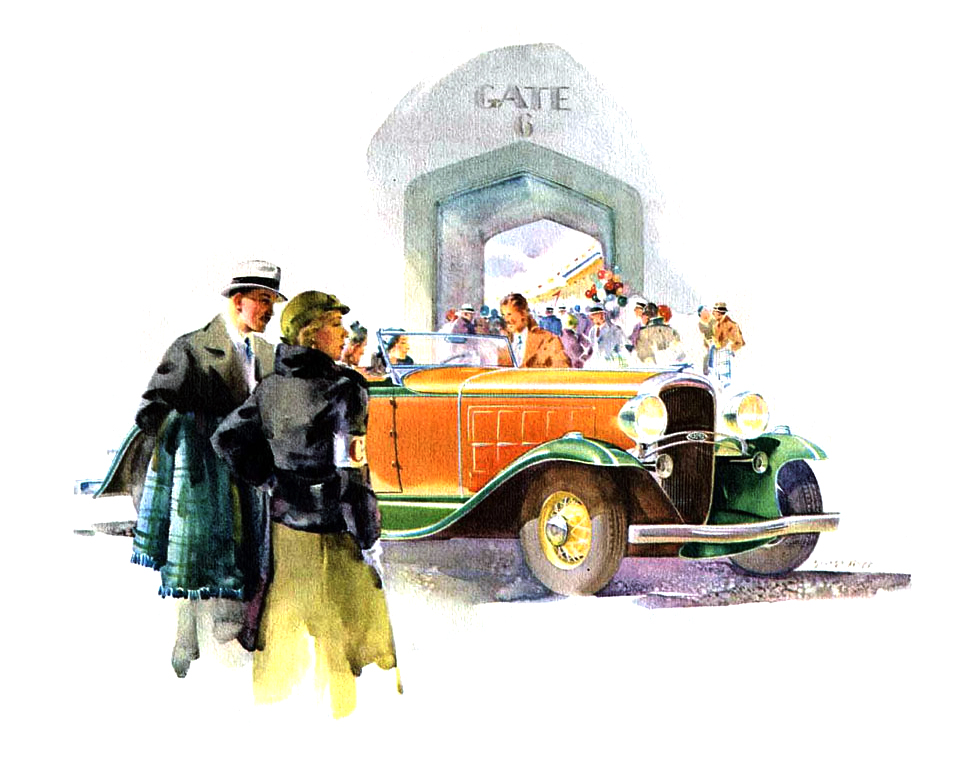
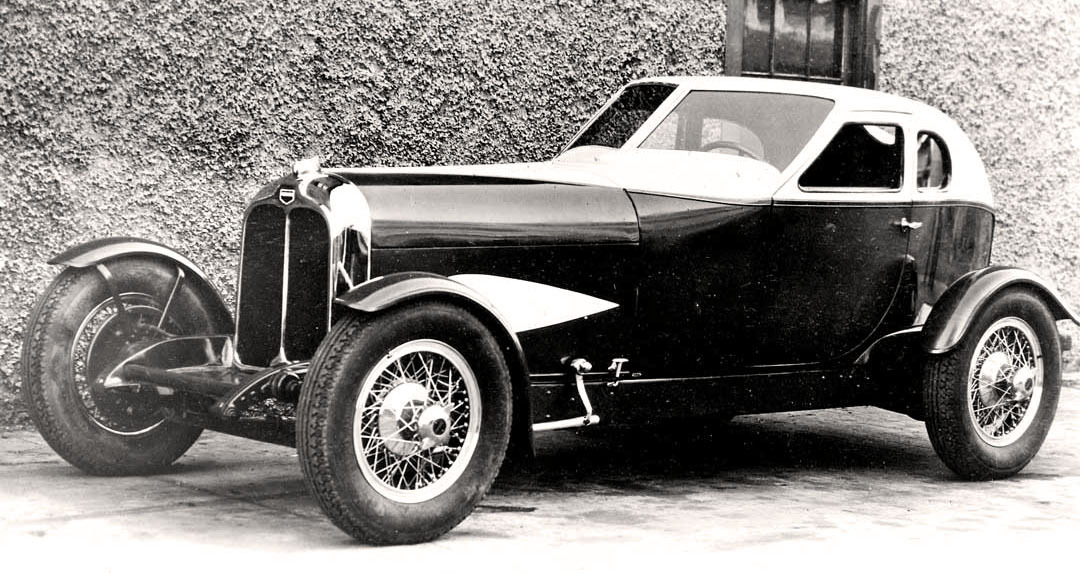
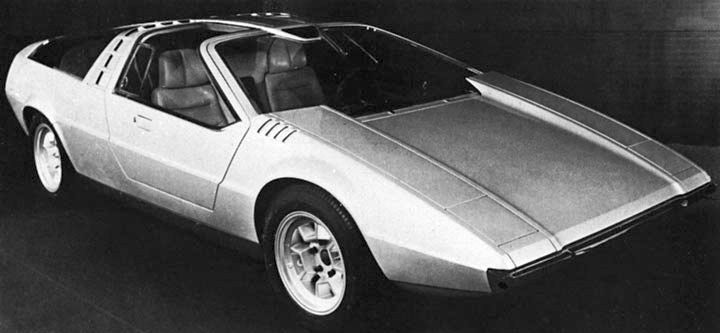






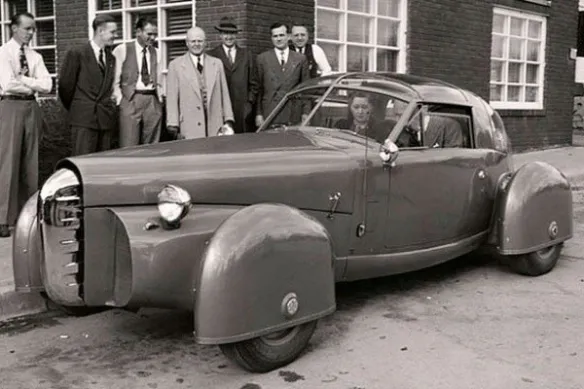



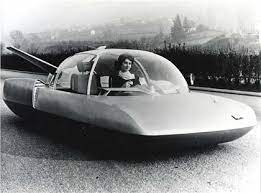


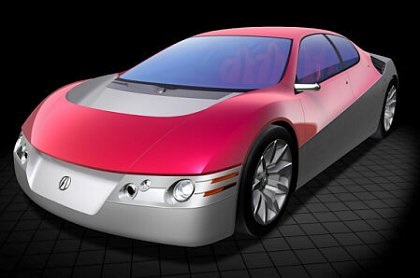

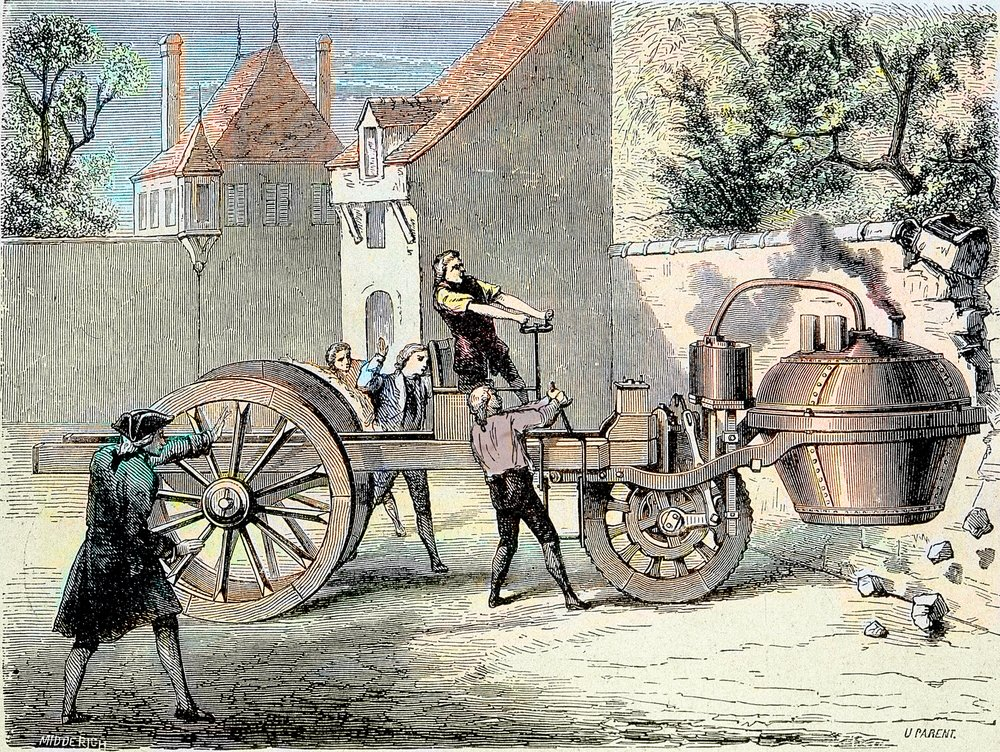
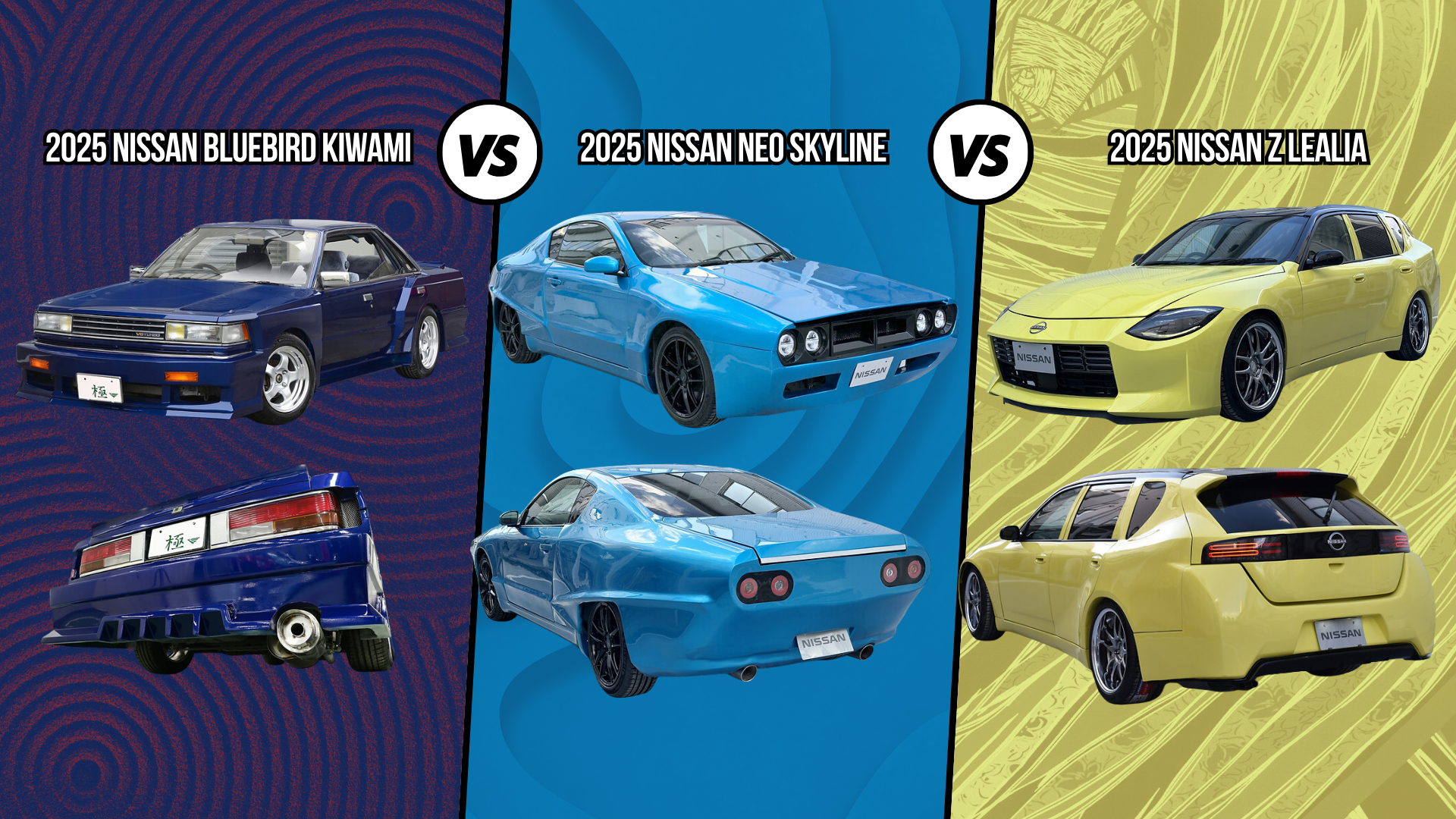
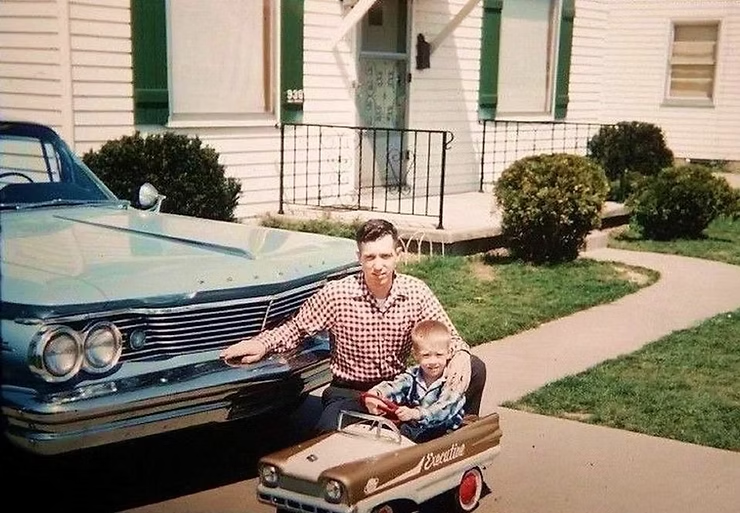
Comentarios